Interstitial Cystitis, also known as Bladder Pain Syndrome, is a puzzling, long-lasting issue. This problem with the bladder produces unwanted feelings of discomfort and pain. Also, it generates a constant and urgent need to pee. This illness can disrupt your everyday life and even limit your daily activities. These annoying bladder issues last for six months or longer.
It's not easy to diagnose interstitial cystitis, and it can take quite a few years! This challenge exists because the normal medical signs don't show any infection. Rather, it's the irritating and distressing symptoms that are the clues. These symptoms, however, could be misconstrued as indicators of other health problems.
Treating painful bladder syndrome requires an individual approach and tailoring the treatment to the patient's condition. Interstitial cystitis is an incurable disease that is not directly life-threatening. With the selection of appropriate therapy, there is a chance to reduce symptoms and stabilize the condition.
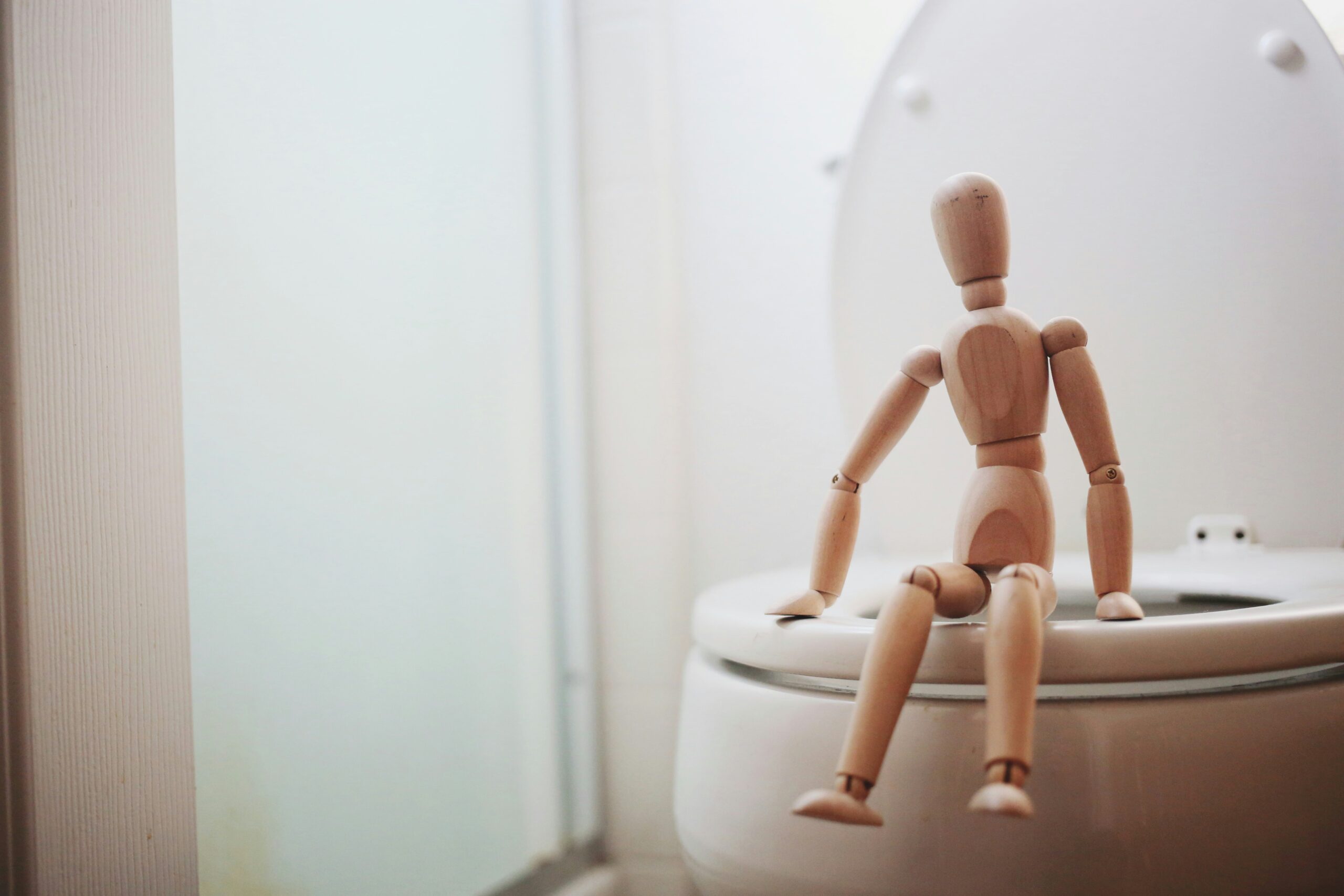
Interstitial cystitis is a term describing a bladder condition manifested by pain or discomfort, and the majority of patients are women. Patients affected by interstitial cystitis may have an inflamed and irritated bladder wall![]() . In more severe forms of the disease, the bladder wall may scar and stiffen the bladder so that it cannot expand quickly when filled with urine. Some women have pinpoint bleeding from the bladder wall during bladder expansion and ulcers or ruptures of the bladder mucosa, leading to pain, frequent urination, and urinary urgency.
. In more severe forms of the disease, the bladder wall may scar and stiffen the bladder so that it cannot expand quickly when filled with urine. Some women have pinpoint bleeding from the bladder wall during bladder expansion and ulcers or ruptures of the bladder mucosa, leading to pain, frequent urination, and urinary urgency.
The factors responsible for the onset of interstitial cystitis are not well understood, nor is the mechanism of disease development. It is known that a viral or bacterial infection does not cause the disease. However, ongoing observations suggest that several disorders are contributing to the pathological reactions that drive each other. Possible causes of interstitial cystitis include:
Damage to the bladder epithelium – Damage to the bladder epithelial glycosaminoglycans![]() may be the cause. This is the protective layer lining the bladder wall from the inside. In a healthy bladder, the glycosaminoglycans protect the bladder wall from the harm and toxic effects of urine. In most patients with IC, the protective layer of the bladder is damaged. Urine entering the bladder wall irritates it and causes interstitial cystitis. However, this theory remains a hypothesis.
may be the cause. This is the protective layer lining the bladder wall from the inside. In a healthy bladder, the glycosaminoglycans protect the bladder wall from the harm and toxic effects of urine. In most patients with IC, the protective layer of the bladder is damaged. Urine entering the bladder wall irritates it and causes interstitial cystitis. However, this theory remains a hypothesis.
Increased histamine – Another hypothesis relates to changes that include increased histamine![]() and the number of nerve cells in the bladder wall. Histamine is produced during the inflammatory process. The component is a naturally occurring hormone with several essential functions. Histamine intolerance can be the cause of permanent bladder pain. Thus, bladder pain in interstitial inflammation is caused by the irritant effect of histamine on the damaged mucous membrane lining the bladder.
and the number of nerve cells in the bladder wall. Histamine is produced during the inflammatory process. The component is a naturally occurring hormone with several essential functions. Histamine intolerance can be the cause of permanent bladder pain. Thus, bladder pain in interstitial inflammation is caused by the irritant effect of histamine on the damaged mucous membrane lining the bladder.
Autoimmune response – Significance can also be an autoimmune response![]() . This phenomenon is described as when antibodies act against one's cells, as in rheumatoid arthritis. The body produces antibodies against its cells and tissues and destroys them. The autoimmune reaction can be directed against individual organs, including the bladder. This cause could indicate that interstitial cystitis is an autoimmune disease.
. This phenomenon is described as when antibodies act against one's cells, as in rheumatoid arthritis. The body produces antibodies against its cells and tissues and destroys them. The autoimmune reaction can be directed against individual organs, including the bladder. This cause could indicate that interstitial cystitis is an autoimmune disease.
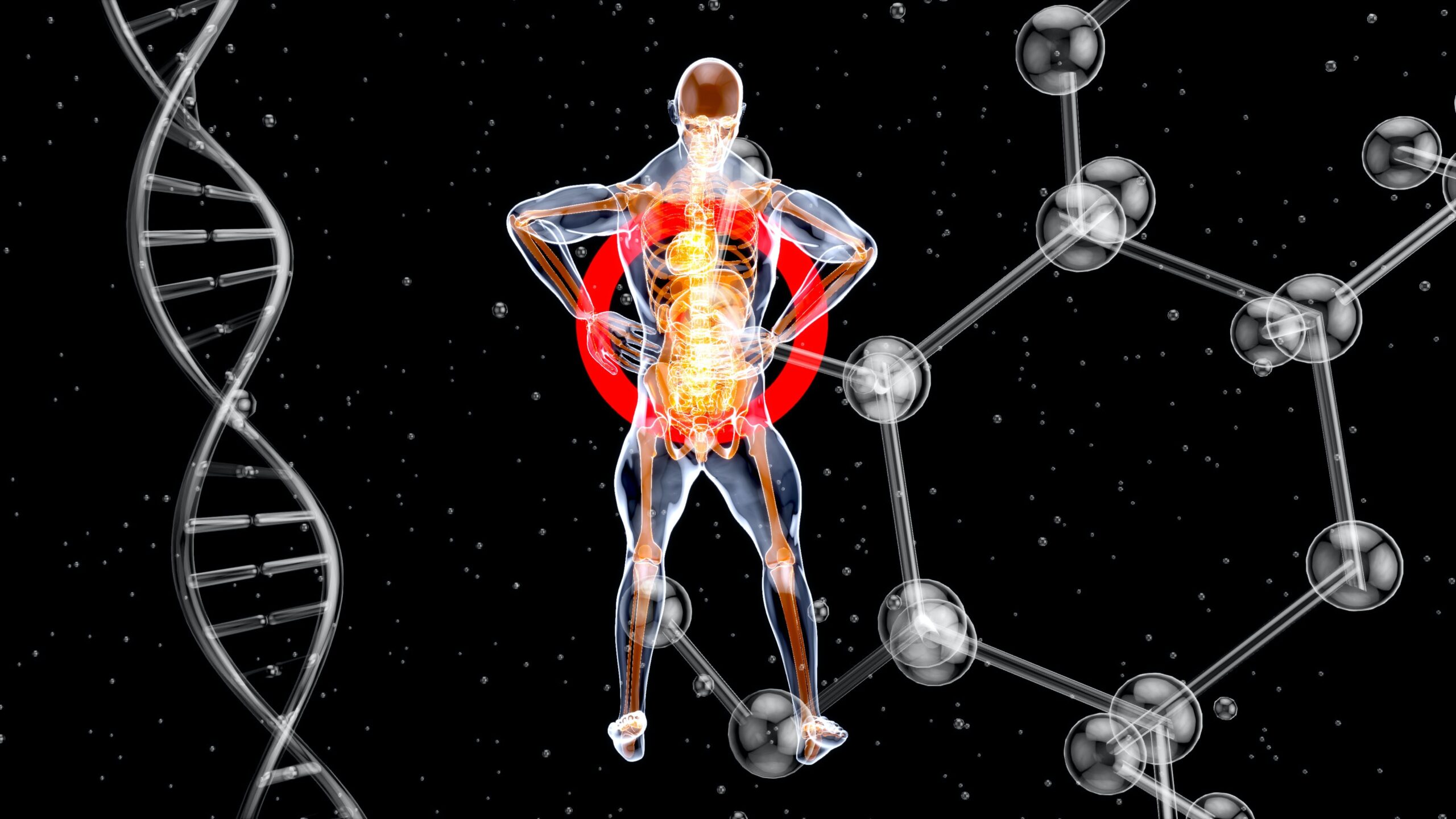
The symptoms that characterize interstitial cystitis significantly resemble those of ordinary bacterial cystitis. It is worth mentioning that, due to the difficulty of making a diagnosis, the symptoms of interstitial cystitis may accompany the patient for many years. IC shows different signs in each person. How bad your IC is determines the treatment.
Lots of females notice it gets worse before their period. Stress makes it worse, but it's not the cause. Pain isn't the only thing you feel; there are other nasty sensations. Furthermore, the troubles linked with IC get worse over time. At the beginning of the disease, symptoms are characterized by low intensity, and there are often periods of remission; over time, the degree of severity increases, and they bother all the time.
Patients suffering from painful bladder syndrome report experiencing symptoms such as:
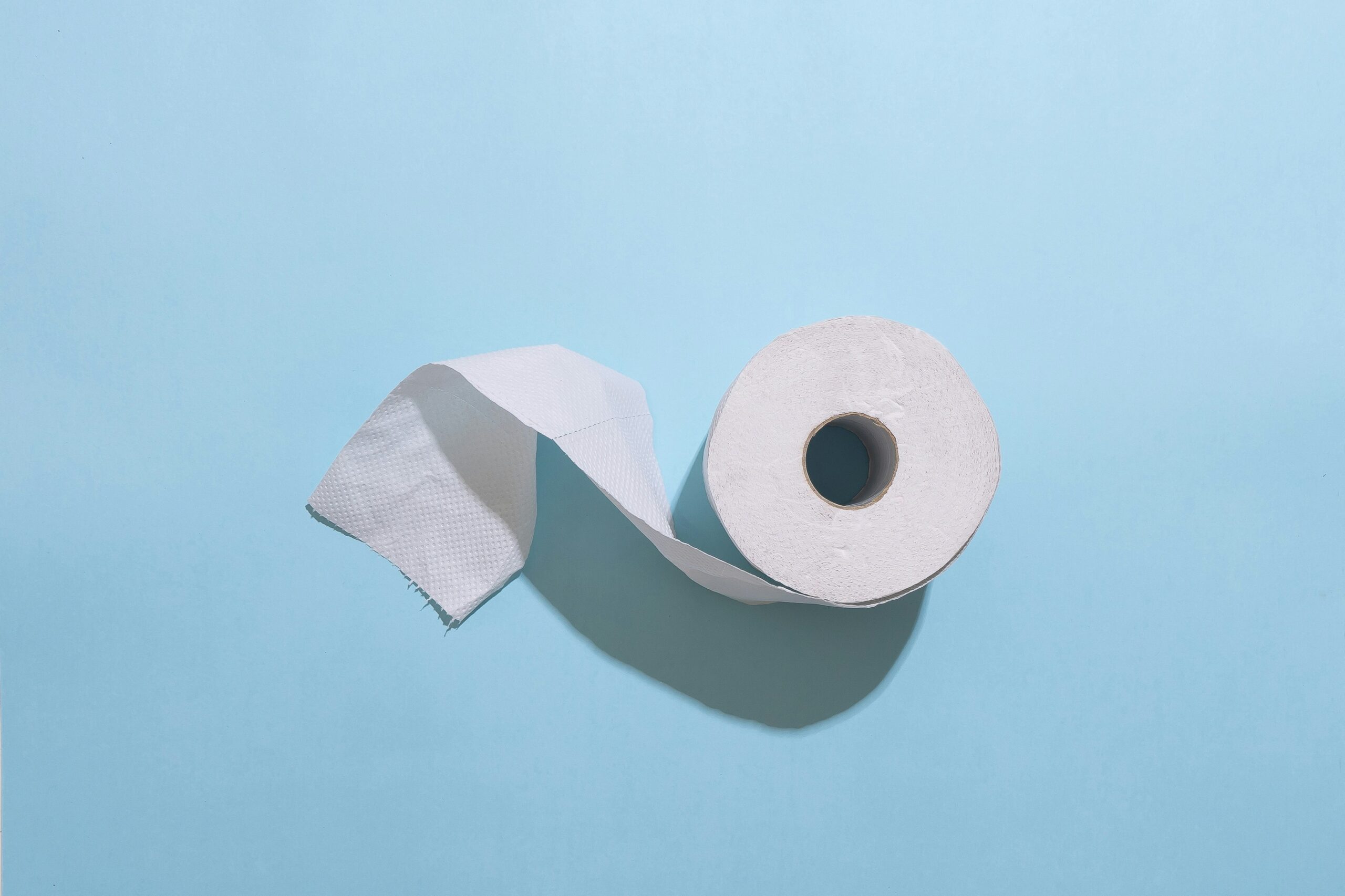
Frequenturia – Interstitial cystitis is characterized by increased frequency of urination. In severe cases, patients may urinate more than 20 times a day. Urination is frequent, but urine is passed in small amounts. Frequent urination is a symptom that also occurs in other diseases, such as diabetes mellitus![]() .
.
Urinary urgency – Interstitial cystitis causes sudden bathroom needs, both during the day and at night. This issue makes doing everyday tasks tough. There's a strong, painful push in the bladder. It feels like a pressing need for the restroom.
Bladder, pelvic, and perineal pain – Interstitial cystitis brings several discomforts. Patients may sense tightness, ache, and a nagging sensation in the bladder, pelvic, and perineal sections. This discomfort often intensifies when the bladder fills and eases when emptied. For women, unpleasant sensations can be felt in the urethra, anal area, and labia. Men, on the other hand, can also sense pains in their penis, scrotum, and testicles.
Low bladder capacity – Interstitial cystitis seemingly shrinks your bladder's space. Your bladder can't hold as much pee as it used to. To figure out your bladder's size, you can do a test called a urodynamic study or jot down your pee times in a micturition diary. If your bladder's size is smaller than normal, it fills up quickly, making you go to the toilet more often to get rid of the pee.
Pain during sexual intercourse – Sexual discomfort is often felt by individuals with interstitial cystitis, particularly women. This discomfort can greatly affect life quality and even disrupt partner relationships. The pain experienced during sex might impact physical and emotional health and body-image. However, there could be several reasons for this pain. Therefore, correct diagnosis remains critical.
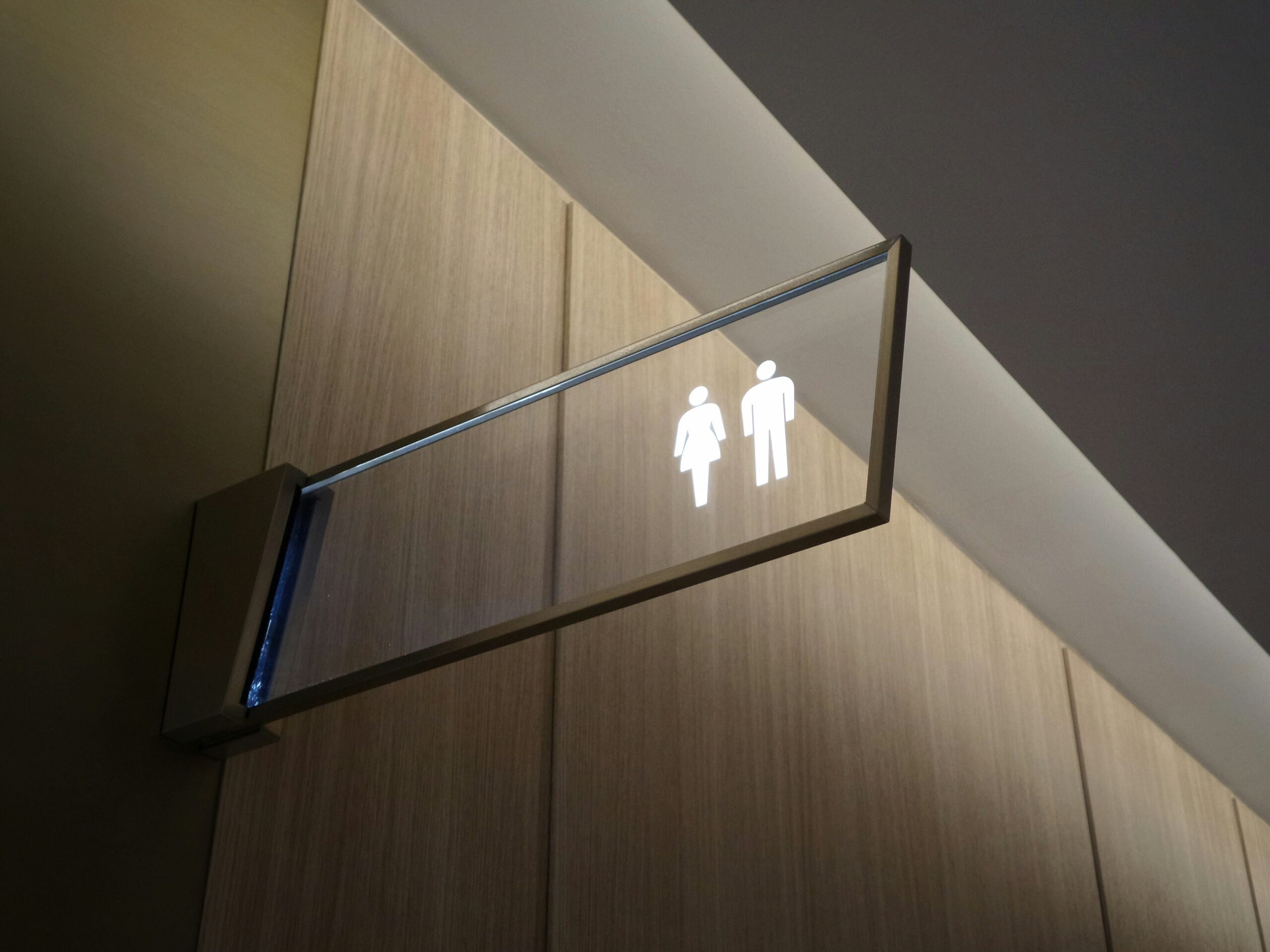
In diagnosis, excluding other causes of the symptoms is essential. Diseases such as urinary tract and reproductive tract infections, cancer, and sexually transmitted diseases that may cause symptoms similar to those of IC should be considered. Identifying interstitial cystitis is tough because the signs aren't precise. Some say it can take years to match the initial symptoms to this condition correctly. To confirm the diagnosis, several tests have to be done. This involves:
General urinalysis – First, a handy urinalysis should be done to see if unpleasant symptoms come from bacterial infections or other illnesses. A basic urine test is the main exam for checking, finding out, and managing. It can spot kidney issues, urinary tract problems, and changes in urine from body metabolism. This is particularly useful for liver disease and diabetes mellitus.
Imaging studies – Cystography is an imaging test that examines the urinary bladder. It helps us understand the bladder's size and shape and spot unusual things, like growths bulging into the bladder space or pouches called diverticula. Another similar test is urography. This test helps us see how the kidneys and the urinary tract work. Urography also lets us measure the amount of urine in the bladder and find out if there are cysts or tumors.
Urodynamic study – This test is not usually done to diagnose interstitial cystitis but may be ordered to rule out other functional urinary disorders. Urodynamic testing![]() involves a comprehensive assessment of bladder and urethral function. It is performed using special catheters inserted through the urethra into the bladder and the rectum into the bowel during the examination.
involves a comprehensive assessment of bladder and urethral function. It is performed using special catheters inserted through the urethra into the bladder and the rectum into the bowel during the examination.
Cystoscopy with hydrodistension – Imagine cystoscopy as a hands-on check-up for issues in the urinary tract. This method gives doctors a peek inside our bladder and urethra. It's not just for spotting problems, but for treating them, too. They can brush away troublesome tumors or crumble urinary stones. Plus, for men, it's a good way to get a look at their prostate health. How do they categorize interstitial cystitis? They do it based on cystoscopy![]() coupled with hydrodistension
coupled with hydrodistension![]() . That's a fancy way of saying they stretch the bladder and selectively gather bits from the bladder for a closer look.
. That's a fancy way of saying they stretch the bladder and selectively gather bits from the bladder for a closer look.
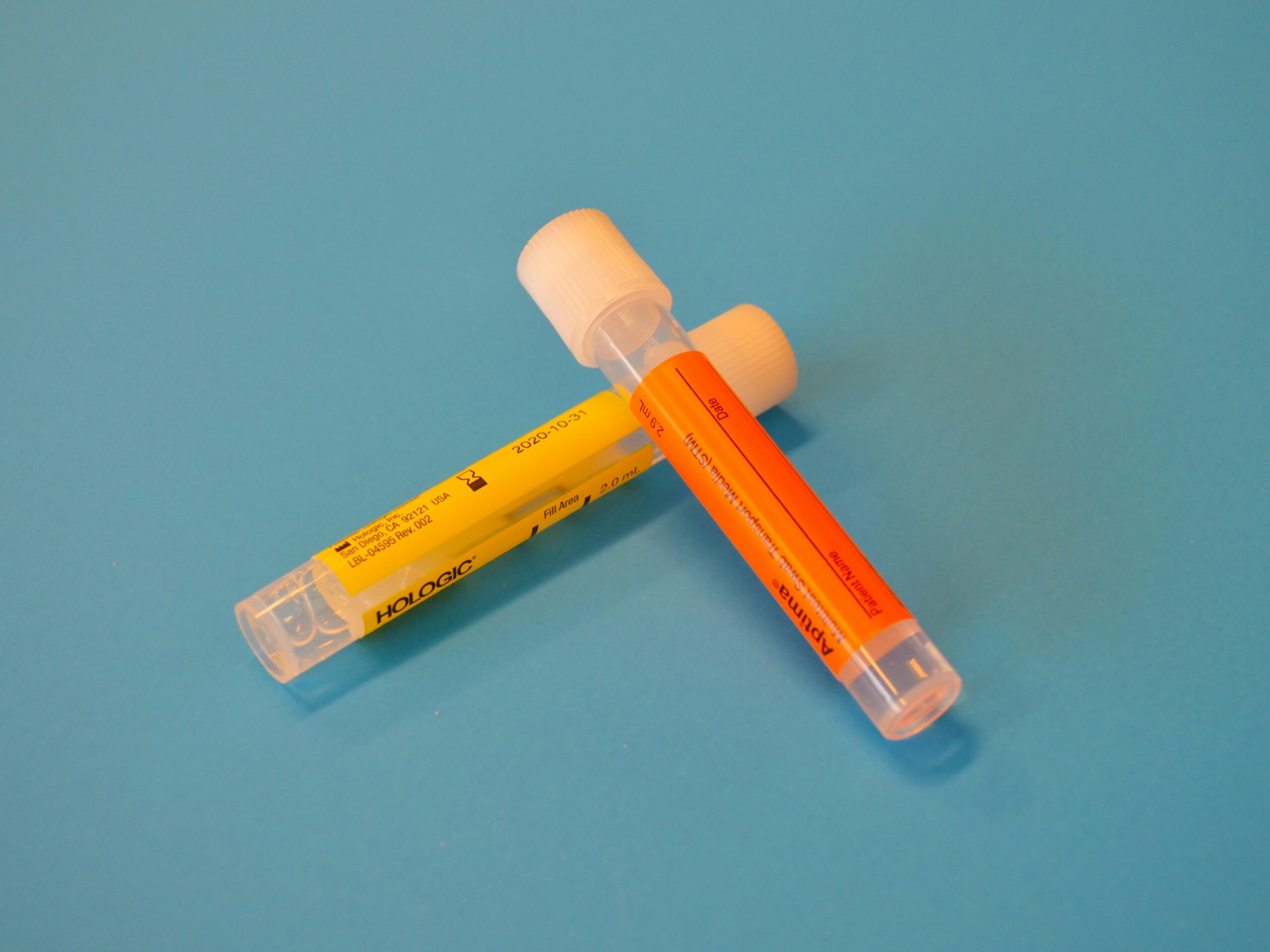
Interstitial cystitis treatment is tricky and, sadly, often doesn't work. It requires a personal touch, shaping the treatment to the person's state. The disease worsens over time, so quick action is crucial. The earlier we start treatment, the better to steer clear of risky outcomes. With the cause of IC a mystery, the treatment focus is to lessen symptoms. Here are some treatments for interstitial cystitis:
The treatment of interstitial cystitis uses a variety of drugs to nullify symptoms. The doctor may recommend taking pentosan![]() sodium sulfate orally. The drug protects the glycocalyx layer of the bladder epithelium, protecting it from the toxic effects of urine. Another drug is a***********e
sodium sulfate orally. The drug protects the glycocalyx layer of the bladder epithelium, protecting it from the toxic effects of urine. Another drug is a***********e![]() . It reduces pain and lowers bladder tension. Antihistamines can also be helpful, especially if the inflammatory process in the bladder is allergic. Multidisciplinary pain management may be of benefit in severe cases.
. It reduces pain and lowers bladder tension. Antihistamines can also be helpful, especially if the inflammatory process in the bladder is allergic. Multidisciplinary pain management may be of benefit in severe cases.
In treating IC, stretching the bladder with fluid given during cystoscopy is possible. Some patients experience improvement after this procedure. Under anesthesia, the doctor fills the bladder with fluid. The reason why this method is effective is yet to be known. Cystoscopy perhaps interferes with the conduction of pain signals in the nerves of the bladder wall. However, some patients experience worsening pain after this procedure.
Post-bladder instillation is also used in the treatment of interstitial cystitis. A catheter is inserted into the bladder during the procedure, and a drug solution is administered. The drug is kept in the bladder from a few seconds to several minutes. The solution then flows out of the bladder through the catheter. Substances such as heparins, corticosteroids, and local anesthetics are used. This treatment is applied every one or two weeks. If necessary, this treatment can be repeated.
In addition to the treatment options that were mentioned above, intravenous injections of botulinum toxin![]() and sacral nerve stimulation can be used. Botulinum toxin is injected directly into the bladder in the gynecological position. This eliminates the sudden urge that causes uncontrolled urine flow. The procedure is usually performed under brief intravenous anesthesia. Bladder injection with botulinum toxin is a short procedure that does not require recovery.
and sacral nerve stimulation can be used. Botulinum toxin is injected directly into the bladder in the gynecological position. This eliminates the sudden urge that causes uncontrolled urine flow. The procedure is usually performed under brief intravenous anesthesia. Bladder injection with botulinum toxin is a short procedure that does not require recovery.

A tiny group of patients do not respond to standard treatment may require surgical management. Many surgical techniques are used, which have advantages and complications which should be discussed with the surgeon. Surgical methods should only be considered when other available treatments have failed, and the pain is very severe. Supravesical drainage or cystectomy![]() , i.e., surgical removal of the bladder or part of it, is a possibility.
, i.e., surgical removal of the bladder or part of it, is a possibility.
When dealing with interstitial cystitis, altering what you eat can help. Be cautious about certain foods. A diet for this condition is best when it's low in histamine and potassium. Certain foods contain or can set off bladder irritants, like histamine. Some food items aren't good for this condition for different reasons.
If you eat alcohol, tomatoes, spices, chocolate, caffeine, fruit juices, sweeteners, or acidic foods, your bladder may get irritated. Try not eating these for some weeks. After that, include one of these in your meals and check if it increases your discomfort. Some patients notice that their symptoms get worse when they smoke. Smoking![]() also increases the risk of bladder cancer, so quitting it makes sense.
also increases the risk of bladder cancer, so quitting it makes sense.
Special exercises help some patients with interstitial cystitis. The bladder can be trained so that it can hold more urine. Bladder training involves using the toilet at specific times or using relaxation techniques. Patients often experience painful contractions of the pelvic diaphragm. This can cause pelvic pain and pain during sexual intercourse. Physiotherapy can be helpful for the strengthening and relaxation of the pelvic diaphragm muscles.
Interstitial cystitis is a chronic disease that impacts mental health, too. This condition touches all areas of life in a meaningful way. The symptoms can be so tough that they stop learning and cut down on work. They also limits movement, messes with sleep patterns, and causes emotional and sexual problems. That's why patients often turn to relaxation therapies to lessen the stress. Relaxing helps us handle our feelings, manage our energy, and reduce stress. Relaxation exercises can also calm the bladder muscles and lessen how reactive the bladder is.
Interstitial cystitis is a term describing a bladder condition presenting with pain or discomfort accompanied by a frequent and usually urgent need to urinate. Non-specific symptoms and an unrecognized cause are why interstitial cystitis is difficult to diagnose. Among the many hypotheses trying to explain the causes of interstitial cystitis, one that stands out is damage to the glycosaminoglycan layer and associated increased permeability of the bladder epithelium, which would make it easier for toxic substances in the urine to penetrate the bladder wall.
The symptoms associated with interstitial cystitis are progressive. At the beginning of the disease, symptoms are characterized by low intensity, and there are often periods of remission, but over time, the degree of severity increases, and they are troublesome all the time. People suffering long-term pelvic pain, discomfort, or pressure linked to bladder issues usually need further investigation.
We don't yet know what causes interstitial cystitis, so treatments are designed to ease symptoms. Combining various treatments often helps patients throughout the disease's journey. Our understanding of interstitial cystitis keeps growing. This means there's a shift in possible therapies, so patients ought to talk over treatment plans with their doctors.